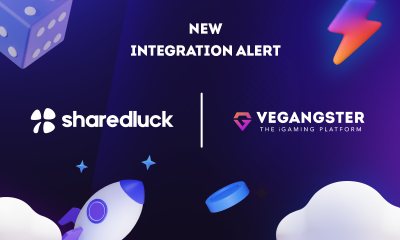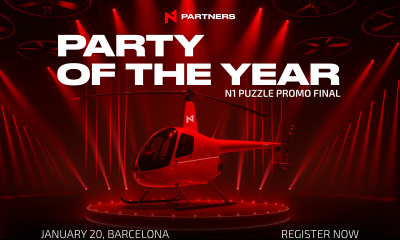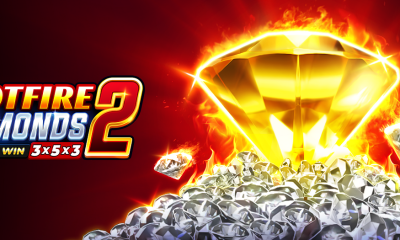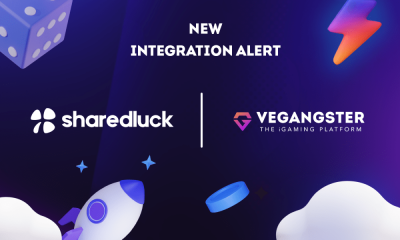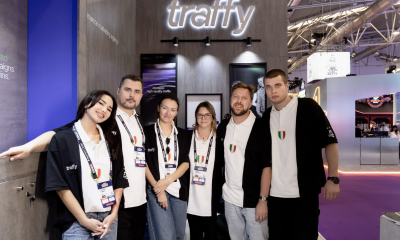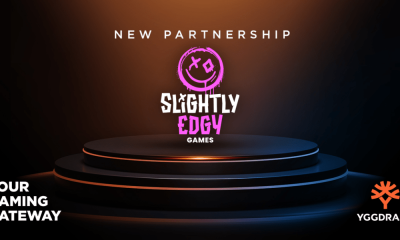Gaming
BUSTA Launches the First of Its Kind GameFi Platform on Binance Smart Chain
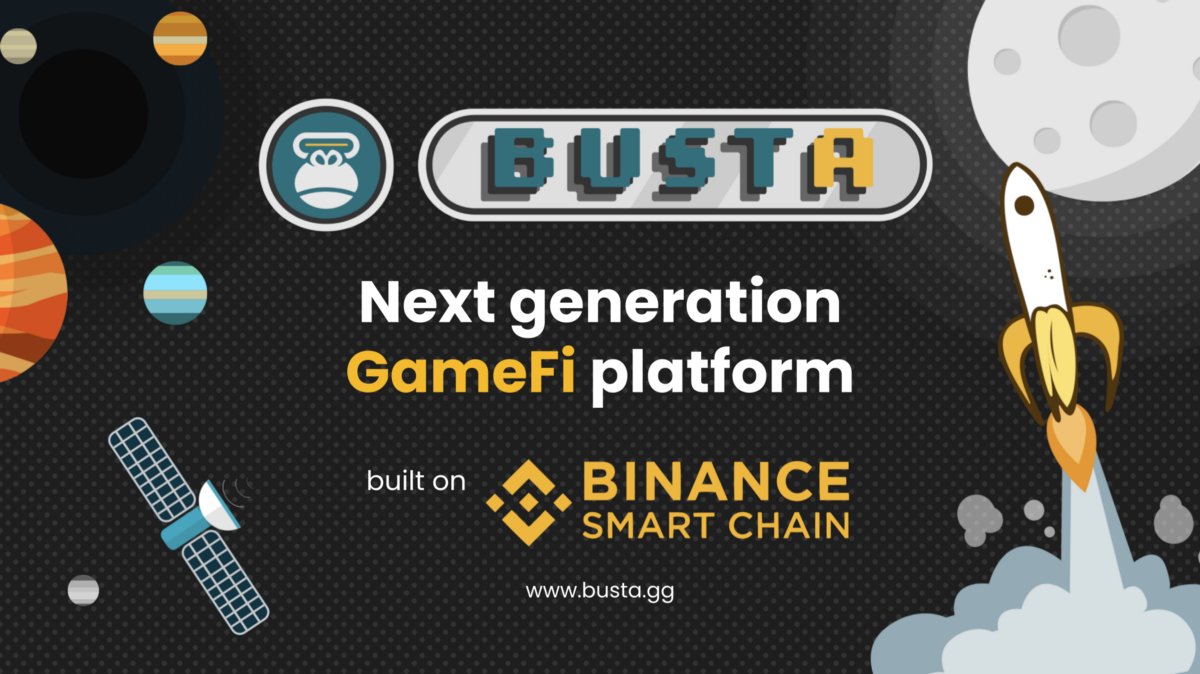
BUSTA (https://busta.gg/) announced the launch of its GameFi platform – the first of it’s kind to be built on the Binance Smart Chain (BSC). BUSTA will be home to multiple games and tokens with many ways to earn. Players can “be the House” by staking and holding $BUST and earn rewards as people play and trade. The BUSTA platform also contains a decentralized exchange (DEX), staking pools where investors can stake $BUST from day one, affiliate/partner programs, and is governed by a decentralized autonomous organization (DAO).
BUSTA is kicking off its launch with their flagship game BUSTA CRASH, a progressive jackpot game similar to the grandfather of crypto crash games – Bustabit. Users can place bets with BNB (or partner tokens in future), watch the multiplier curve increase exponentially, and then click the stop button to claim their winnings before the game “crashes”. The longer the round, the more they can win; however, if the game crashes before they exit, they lose their bet.
Existing iGaming and DeFi projects offer single/limited-purpose platforms with little utility or benefits for the participants beyond their base functions. To change that, the BUSTA founders created a circular business model that benefits players, investors, stakers, traders, affiliates, and partners, all while tapping into a multi-billion dollar industry. The ecosystem is designed so that each component benefits the other and as each increases in popularity and volume, the whole ecosystem and community reaps rewards.
The five primary components of BUSTA are:
- iGaming Platform: Features multiple games like BUSTA CRASH, a progressive jackpot game.
- Trading and Staking Module: BUSTA contains its own niche DEX and yield farm for trading and staking $BUST as well as partner tokens.
- Affiliate Program: The program has a novel approach to growing the user base via referral links, where both parties benefit from a constant stream of passive income from play, trade and farm activity.
- Partnership Portal: Partners can list tokens on the BUSTA platform for constant burn pressure for the partner’s native token, which is provided by automated revenue collection and distribution flow.
- Degenerator Decentralized Autonomous Organization (DAO): BUSTA’s DAO allows the community to control the majority of the ecosystem through a voting process.
“We are taking iGaming and DeFi to the next level, as there’s just so much untapped potential with the technology available that people aren’t utilising yet.” said Neil Apestrong, Project Lead at BUSTA. “We’ve taken advantage of that and intricately designed our ecosystem in a way that makes our games fun and rewarding to play, incentivises holding and staking our $BUST token, and allows our community to grow exponentially, all while playing an incredibly active and powerful role in the operation and further development of BUSTA.”
The gaming platform will release a few more games “in-house” by core team members, but will also look into acquiring entire game companies or offering deals to wire up third party games to the BUSTA tokenomics. This allows the platform to expand both horizontally and vertically, and expanding to multiple other chains like Ethereum and Solana are also attractive expansion options.
BUSTA games will be provably fair and generate a small amount of revenue for the platform in the form of the House Edge. The House Edge is then distributed throughout the ecosystem via smart contracts to benefit the community and $BUST token holders. All of the games will draw their winnings from the BUSTA Bankroll. This Bankroll pool will be funded initially from the presale, then be automatically and perpetually topped up further with a percentage of the House Edge and by users staking their own BNB into the bankroll pool for direct yield rewards in the form of BNB and BUST tokens.
The launch of BUSTA’s iGaming platform will be followed by the $BUST IDO (initial DEX offering) on August 24. With the scope of the BUSTA ecosystem the company will host multiple IDOs simultaneously, on both Starter, a decentralized fundraising platform for the Binance Smart Chain, and CyberFi Samurai, a new era of capital funding for the future of DeFi.
Powered by WPeMatico
Arena Racing Company
Arena Racing Company awarded United Arab Emirates Gaming-Related Vendor License
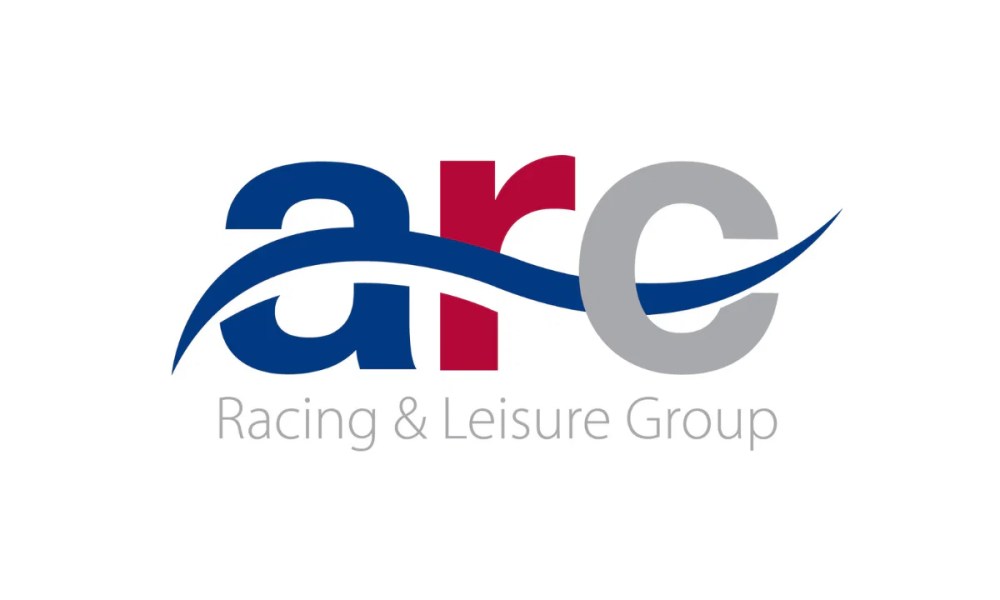
Arena Racing Company (ARC) has been granted a Gaming-Related Vendor license from the United Arab Emirates’ General Commercial Gaming Authority (GCGRA), an independent entity of the UAE Federal Government with exclusive jurisdiction to regulate, license, and supervise all commercial gaming activities.
The license, operational with immediate effect, affords ARC the opportunity to provide its products and services to licensed operators in the region. Notably, the Racing1 Markets service, an all-in-one horse and greyhound racing solution delivered in conjunction with Racing1 alliance media rights partners at 1/ST CONTENT, Racecourse Media Group (RMG), and Tabcorp, alongside technical partner Pythia Sports. ARC has been added to the list of licensed vendors as per the GCGRA website.
Jack Whitaker, Commercial Manager at ARC, said: “Obtaining this license is a great achievement for ARC and its Racing1 partners. The emerging regulated UAE market is incredibly exciting, and we look forward to showcasing our innovative products and services in the region.”
The post Arena Racing Company awarded United Arab Emirates Gaming-Related Vendor License appeared first on Gaming and Gambling Industry Newsroom.
Battle of the Tribes
POLYTOPIA WORLD CHAMPIONSHIP 2025 BREAKS RECORD PARTICIPATION AS FINALS DRAW CLOSER

Reading Time: 2 minutes
Celebrated strategy game The Battle of Polytopia confirms its first ever World Championships has exceeded expectations with over 10,000 sign-ups in its qualifying rounds. While no stranger to tournaments, previously hosting smaller scale, local tournaments called ‘Polysseums’, developer Midjiwan’s first step into global esports has been met with extreme success. The inclusive esports event has a $10,000 prize pool and will conclude on 6 December 2025, 14:00-21:00.
The finals will take place in front of a live-studio audience, with expert commentary and a chance to peek behind the scenes at Midjiwan itself. First place will receive $4,000, the runner-up will take away $2,000, the third and fourth place finishers will get $1,500, and the fifth and sixth place $500.
The Polytopia World Championship 2025 is being hosted by eSports platform, Challengermode, who Midjiwan has relied on for its monthly local tournaments since 2022. Midjiwan also partnered with Black Molly Entertainment to help organise and manage the event. Black Molly Entertainment have years of experience managing eSports tournaments, with notable events including the Geoguesser World Cup and CS:GO Pinnacle Cup Championship.
Midjiwan has worked closely with its community to ensure engagement is high with each round, building a bespoke ‘Spectator Mode’ into the game so fans can watch each game live through the game itself. In the spectator mode the viewer has visibility of all players simultaneously, with stats on how many cities, technologies, kills and more available for quick access.
Christian Lovstedt, CEO of Midjiwan commented:
“Polytopia has always been about welcoming all kinds of players into the world of 4X strategy. That’s why our championship is open to everyone – not just pros with sponsors. We’ve been thrilled at the amount of interest this tournament received from our community, reaching participation numbers way beyond our expectations. We’re excited to bring the finalists to Stockholm and can’t wait to see the strategies that emerge.”
The Polytopia World Championship 2025 kicked off in September, with its ‘Battle of the Tribes’ qualifying round – weekly battles where players competed to be the best in each of the game’s 12 tribes. After an exciting six weeks, the top player from each tribe faced-off, reducing the qualifiers to six finalists. These six winners are listed down below.
|
Tribe |
Qualifying Player |
|
IMPERIUS |
ArthurL248 |
|
BARDUR |
slimmingboy |
|
OUMAJI |
Dreamlander3000 |
|
HOODRICK |
Theetat |
|
XIN-Xi |
LeLiberateur |
|
LUXIDOOR |
Meisterlampe |
Recaps of each round of the tournament prior to the finals can be watched on the official Battle of Polytopia YouTube channel.
-
Part 1: Polytopia World Championship 1st Qualifiers Wrap-Up – BARDUR, IMPERIUS, KICKOO, ZEBASI
-
Part 2: Qualifiers Wrap-Up – Oumaji Hoodrick Yadakk & Quetzali – World Champoinship 2025
-
Part 3: Final Qualifiers Wrap-Up – Xin-Xi, Luxidoor, Ai-Mo & Vengir – World Championship 2025
-
Face-off stream: https://youtube.com/live/GnU6mWPoJiY?feature=share
To watch the finals live on December 6,visit here: https://polytopia.io/stream/
To stay up to date on the Polytopia World Championship 2025, or purchase one of the limited tickets for the live event, visit the official website or join the Official Polytopia Discord.
The post POLYTOPIA WORLD CHAMPIONSHIP 2025 BREAKS RECORD PARTICIPATION AS FINALS DRAW CLOSER appeared first on European Gaming Industry News.
Betiator
Delasport Unveils a Crash Game for Sports Betting

Reading Time: 2 minutes
Leading iGaming supplier Delasport teases a one-of-a-kind sports betting crash game called Betiator – a new in-play experience that merges live sports with the tension and excitement of crash games.
Inspired by the groundbreaking casino genre, the company once again pushes the whole industry to a new phase in evolution by allowing sports bettors to play in the same easy and fun way as fellow casino players. Crash games are booming in the casino world, showing that players crave more emotional, fast, and visually engaging formats – and Betiator brings that same adrenaline-charged energy to the sportsbook.
It changes the scene by introducing a truly innovative way to bet on sports, keeping players at the edge of their seats during the game. Designed to excite both sports bettors and casino players, it marks a defining moment for innovation.
This product comes as a logical next step in the evolution of live betting and the company’s goal to disrupt the iGaming industry. It demonstrates Delasport’s successful commitment to unique innovation: a strategy they call “Going Beyond Content” –building on the success of products and features like SuperPot, My Sportsbook, My Combo, Double My Winnings, and many more.
“Sports bettors deserve the same level of innovation and excitement that casino players get all the time,” Delasport’s CEO Oren Cohen Shwartz says. “At Delasport we’re taking the whole game to a new playing field with Betiator. Live betting won’t feel outdated anymore as we’re bringing in the thrill of the casino to sports betting.”
While details about Betiator remain under wraps for now, Delasport promises a completely new way to experience live sports. Operators and partners eager to see it in action can schedule exclusive demos and discover more at ICE Barcelona 2026, taking place January 19–21, where Betiator will make its official debut.
The post Delasport Unveils a Crash Game for Sports Betting appeared first on European Gaming Industry News.
-

 Latest News7 days ago
Latest News7 days agoVegangster Gives Operators Real-Time Jackpot Control and a New Revenue Stream with Sharedluck’s JackpotX
-

 Latest News7 days ago
Latest News7 days agoRegistration Open: N1 Puzzle Promo Show & Winner Announcement in Barcelona
-

 affiliate marketing6 days ago
affiliate marketing6 days agoSOFTSWISS 2025: 45% Game Portfolio Growth, LatAm Extensive Expansion and Flagship iGaming Trends Report
-

 Christos Zoulianitis Chief Commercial Officer at ENJOY7 days ago
Christos Zoulianitis Chief Commercial Officer at ENJOY7 days agoENJOY Gaming turns up the heat with Hotfire Diamonds 2: Hold and Win 3x5x3
-

 Latest News7 days ago
Latest News7 days agoVegangster Gives Operators Real-Time Jackpot Control and a New Revenue Stream with Sharedluck’s JackpotX
-

 B2B6 days ago
B2B6 days agoXpoint secures new growth funding to supercharge geolocation innovation for real money gaming
-

 Latest News7 days ago
Latest News7 days agoTraffy Expands Its Global Impact in Mobile Performance Marketing
-

 Game in a Box™7 days ago
Game in a Box™7 days agoYggdrasil adds to YGG Masters roster with Slightly Edgy adopting next-generation Game in a Box™ technology




